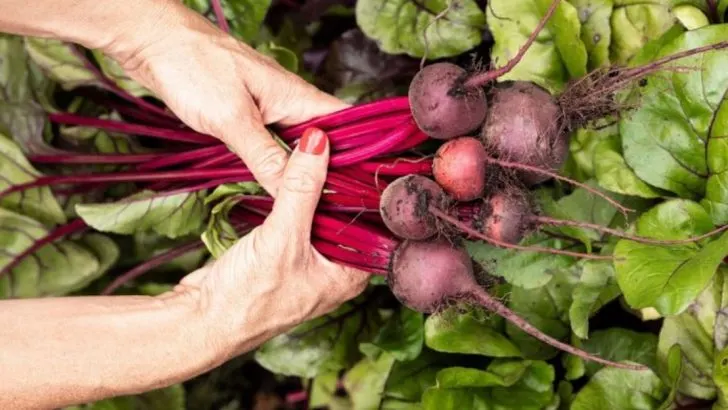Gardening in poor soil doesn’t have to be a challenge. While many plants require nutrient-rich, well-draining soil to thrive, there are several hardy vegetables that can grow even in less-than-ideal conditions. These plants are incredibly resilient and can handle poor soil that might be too compact, sandy, or nutrient-deficient for other crops. Whether you’re working with clay-heavy soil or a patch with limited organic matter, you can still cultivate a bountiful harvest.
From root vegetables like carrots and turnips to leafy greens such as kale and spinach, these vegetables not only tolerate but can actually improve poor soil with their deep roots or nitrogen-fixing abilities. By choosing the right vegetables, you can make the most of your garden, turning an uncooperative plot into a productive food source. These resilient crops make it easier for gardeners to enjoy a successful harvest, even in challenging soil conditions.
Carrots
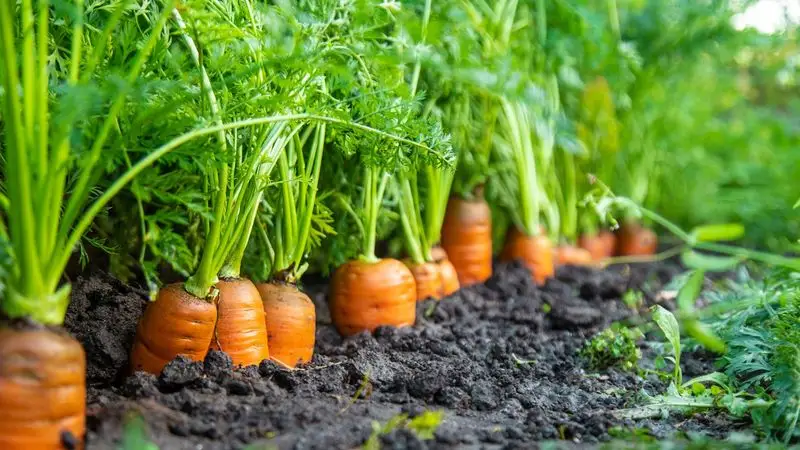
Known for their adaptability, carrots can thrive even in rocky soil. These root vegetables push through barriers to find essential nutrients. Plant them in well-drained areas with access to sunlight. Regular watering helps maintain their sweet, crisp texture. Choose shorter varieties for tougher soils to ensure healthy growth. Patience is vital, as carrots take time to mature. Mulching around the base can conserve moisture. Consistent care will reward you with a colorful harvest. Experiment with different carrot colors for a visually appealing crop. Enjoy them raw or cooked in a variety of dishes.
Potatoes
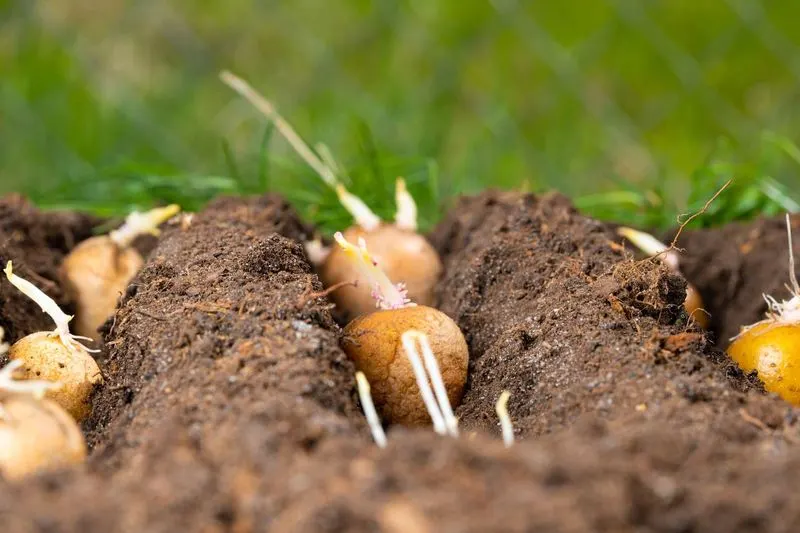
Potatoes are remarkably resilient, making them perfect for clay-heavy soils. These tubers grow underground, allowing them to avoid surface-level challenges. Plant them in loose, mounded rows to facilitate drainage. Their growth is enhanced by consistent watering, especially during dry spells. Fertilize with compost to improve soil quality over time. Choose disease-resistant varieties for optimal results. Harvesting is straightforward; gently dig around the plants to uncover the bounty. Potatoes store well, providing sustenance long after the growing season ends. They’re versatile in the kitchen, making them a staple in many diets.
Radishes
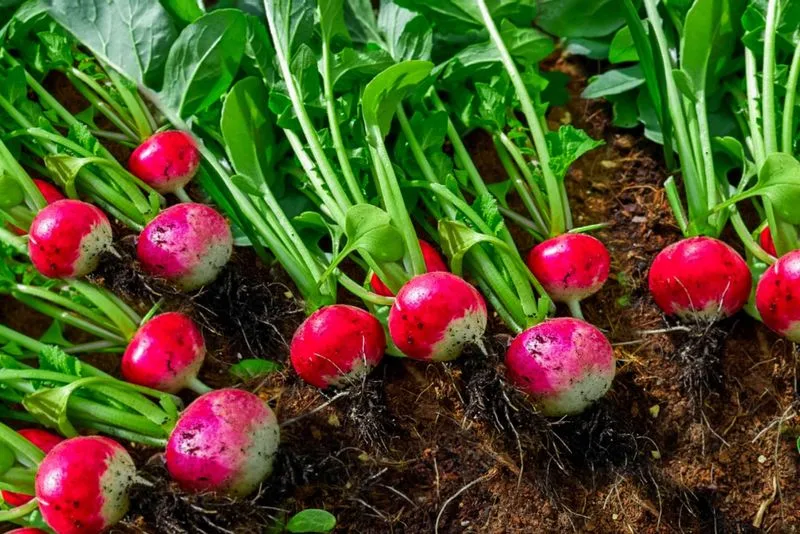
Quick to mature, radishes are ideal for novice gardeners and thrive in sandy soils. Their fast growth means you can enjoy fresh radishes in just a few weeks. They don’t require deep soil, making them suitable for shallow beds. Water regularly to maintain their spicy flavor. Radishes also serve as excellent companion plants, deterring pests from nearby crops. Harvest promptly to prevent them from becoming woody. Experiment with different varieties to add color and flavor diversity. Enjoy them sliced in salads or as a crunchy snack. Their vibrant hue adds visual appeal to any meal.
Beets
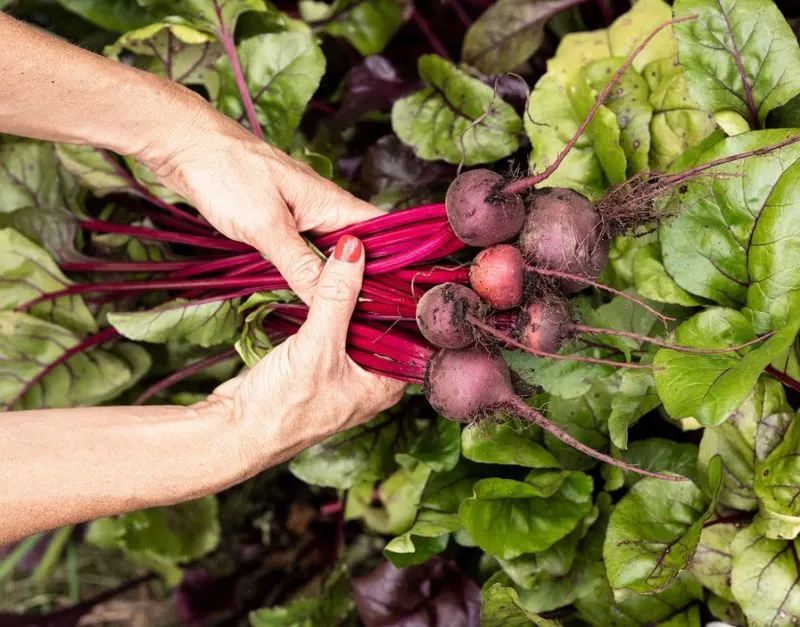
Beets are versatile vegetables that tolerate poor soil conditions remarkably well. They flourish in loamy, well-drained areas with ample sunlight. Regular watering promotes sweet, tender roots. Plant beet seeds directly into the ground for best results. Their vibrant colors indicate a rich source of nutrients, making them a healthy addition to meals. Beets can be roasted, boiled, or pickled, providing culinary flexibility. Leaves are edible too, offering a spinach-like taste. Harvest when roots reach your desired size. Beet greens add a nutritious twist to salads. Their earthy flavor complements a variety of dishes.
Turnips
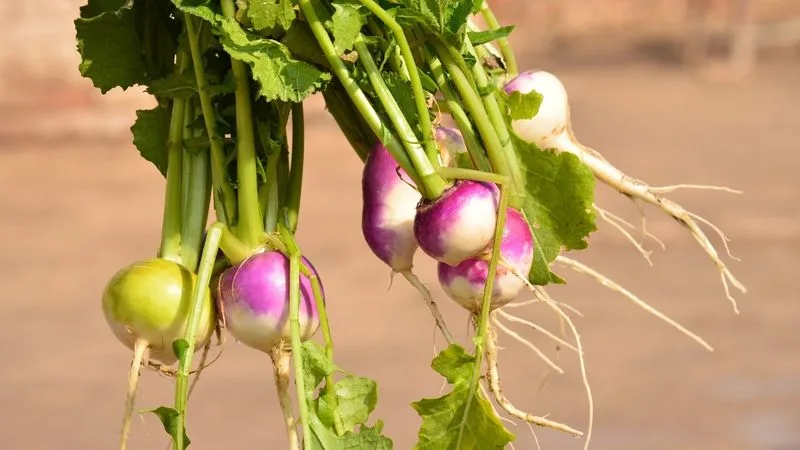
Turnips are known for their hardiness, thriving in compacted soils where other vegetables struggle. They’re a dual-purpose crop; both roots and greens are edible. Plant in early spring or fall for optimal growth. Ensure consistent watering to prevent bitterness. Turnips mature quickly, making them a reliable choice. Their greens can be harvested early for salads. Roots are best when slightly smaller, as they remain tender. Turnips store well, lasting through the winter months. Use them in stews, soups, or roasted for a sweet, earthy flavor. Their resilience makes them a staple in challenging gardens.
Kale
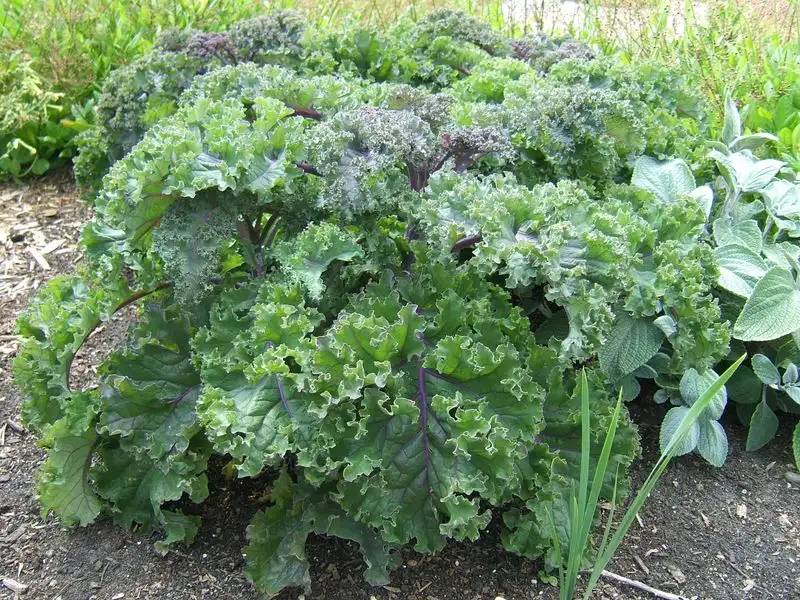
Kale’s robust nature allows it to thrive in less-than-ideal soils. This leafy green is a nutritional powerhouse, rich in vitamins and minerals. Plant kale in early spring or fall for best results. It prefers cooler temperatures and can withstand light frosts. Regular watering enhances leaf production, ensuring tender, flavorful greens. Kale is versatile, fitting into salads, smoothies, and soups with ease. Harvest leaves as needed; they regrow quickly. Its curly or flat leaves add texture and color to dishes. Kale’s resilience and health benefits make it a favorite among gardeners and chefs alike.
Swiss Chard
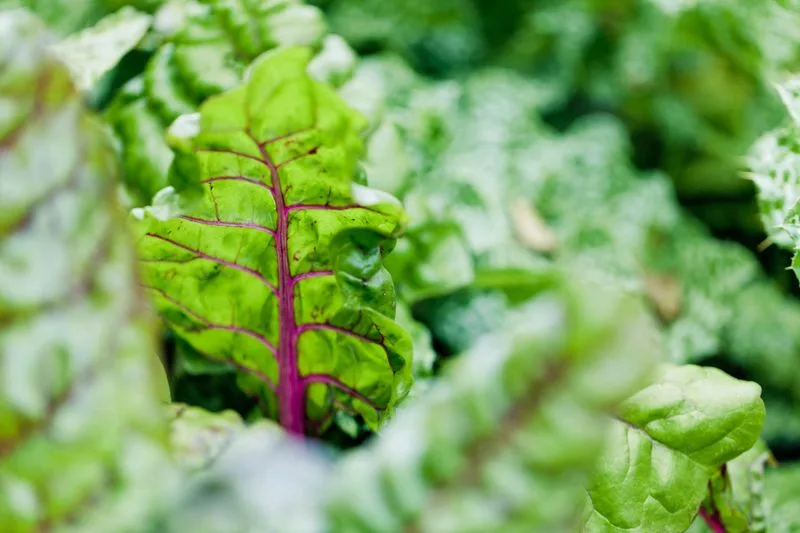
Swiss chard thrives in various soil conditions, including poor or sandy soils. Known for its vibrant stalks, it adds color to any garden. Plant in full sun to partial shade for best growth. Water regularly to maintain its tender texture. Swiss chard is a cut-and-come-again crop, allowing for multiple harvests. Its mild, earthy flavor complements a variety of dishes. Sauté, steam, or use raw in salads for a nutritious boost. Swiss chard’s resilience and beauty make it an excellent choice for any garden. Its colorful stems brighten up garden beds and dinner plates alike.
Onions
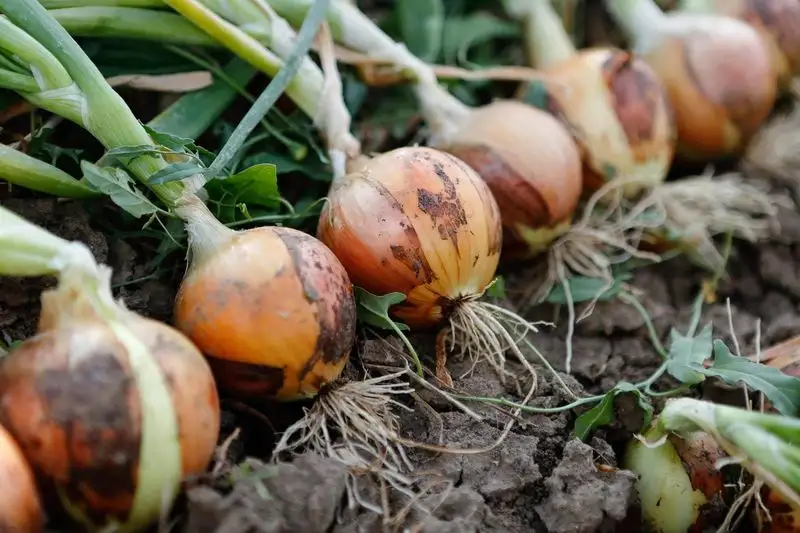
Onions adapt well to sandy or loamy soils, making them a versatile garden addition. These hardy bulbs grow best in sunny locations, with well-drained soil. Consistent watering and occasional feeding ensure robust growth. Onions can be planted from seeds, sets, or transplants, offering flexibility. As they mature, their tops will fall over, signaling harvest time. Onions store well, providing flavor to meals throughout the year. Their pungent taste enhances a wide range of dishes, from soups to salads. For variety, try growing different onion types, such as red, yellow, or sweet onions.
Garlic
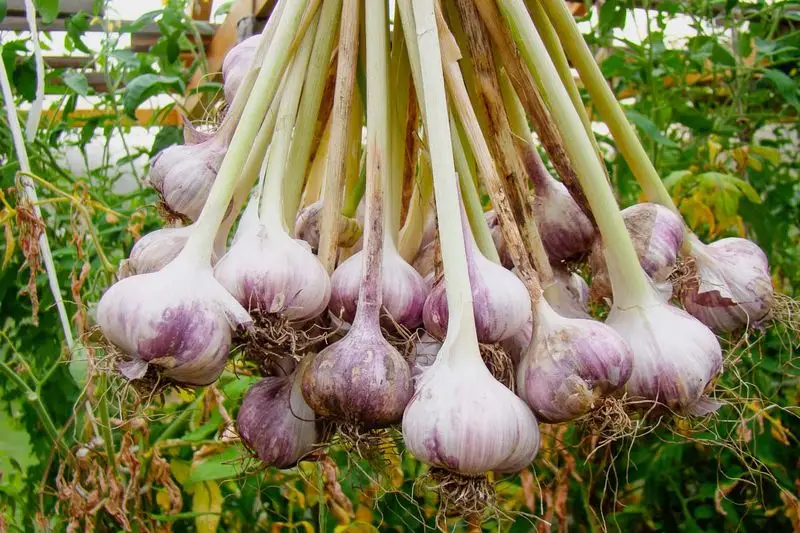
Garlic’s sturdy nature allows it to thrive in various soil types, including clay. Plant cloves in the fall for a summer harvest. Choose a sunny spot with well-drained soil. Regular watering promotes healthy bulb development. Mulch helps retain moisture and suppress weeds. Garlic’s pungent flavor enhances numerous dishes. Harvest when the tops yellow and begin to droop. Cure bulbs by hanging them in a dry, airy place. Garlic’s long shelf life ensures a steady supply. Its health benefits and culinary versatility make it a must-have in any garden. Enjoy roasted, raw, or as a seasoning.
Leeks
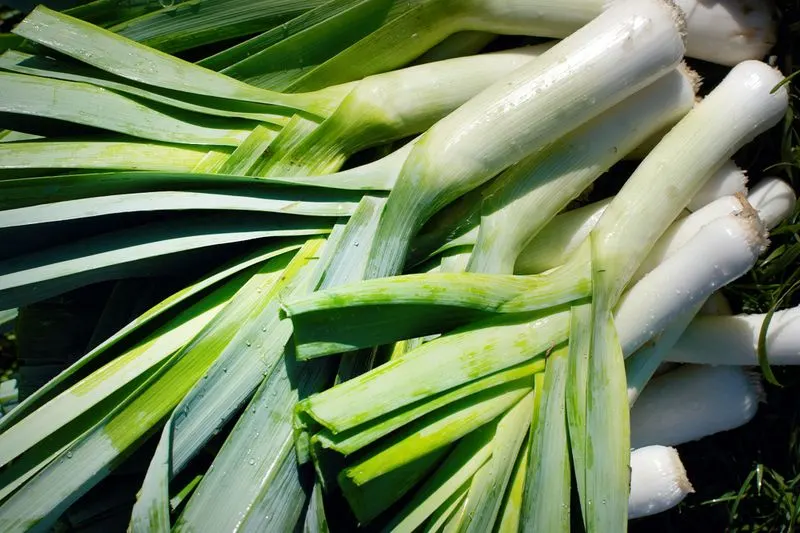
Leeks are well-suited for wet, heavy soils, thriving where other vegetables falter. These alliums prefer cooler climates and can be planted in spring or fall. Regular watering and hilling promote their long, tender stalks. Leeks add a mild, onion-like flavor to dishes, enhancing soups and stews. Harvest when stalks reach desired thickness. They’re winter-hardy, offering an extended harvest season. Leeks’ versatility in the kitchen makes them a popular choice. Sauté or braise them for a delicate side dish. Their subtle taste complements a variety of flavors, adding depth to culinary creations.
Pumpkins
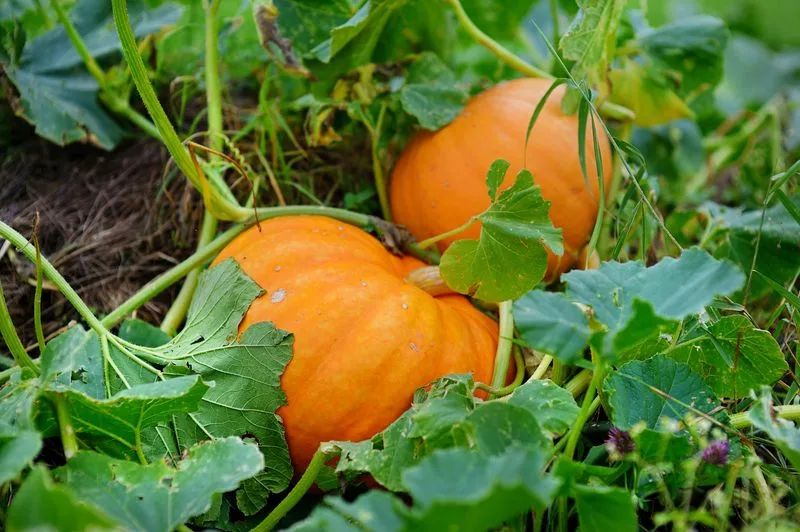
Pumpkins, with their sprawling vines, adapt well to rocky soils. These robust plants need space to grow, thriving in sunny environments. Regular watering and occasional feeding support their development. Pumpkins’ thick skins and hearty flesh make them durable and versatile. Use them in soups, pies, or roasted as a savory side. Harvest in the fall, before frost, for the best quality. Pumpkins store well, providing long-lasting produce. Their vibrant orange hue adds cheer to gardens and tables alike. Celebrate the autumn season with homegrown pumpkins, perfect for decoration and culinary use.
Zucchini
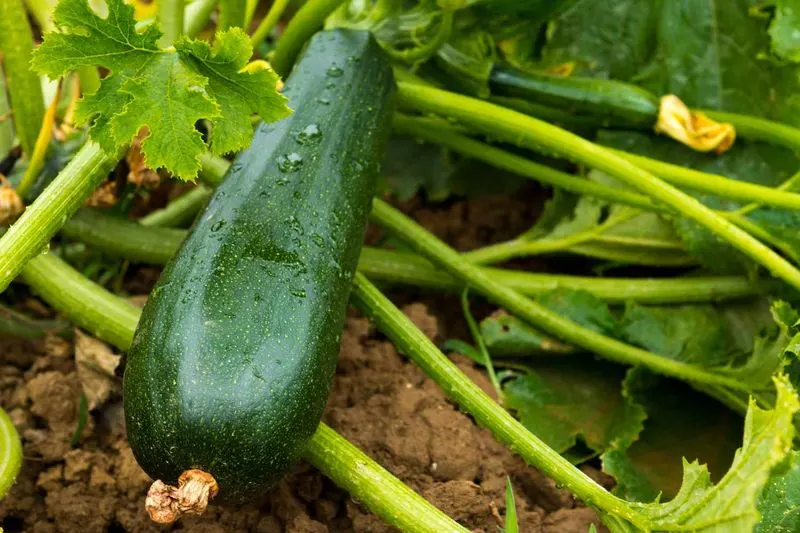
Zucchini is a prolific producer, even in poor, dry soils. This summer squash requires ample sunlight and regular watering. Its fast growth means a quick harvest, often yielding abundant fruit. Large leaves provide shade, retaining soil moisture. Harvest zucchini when small for tender texture. Overgrown fruits can be used in baking. Its mild flavor pairs well with numerous ingredients, making it a kitchen staple. Sauté, grill, or bake zucchini for a healthy addition to meals. Zucchini’s resilience and productivity make it an excellent choice for novice and experienced gardeners alike.
Squash
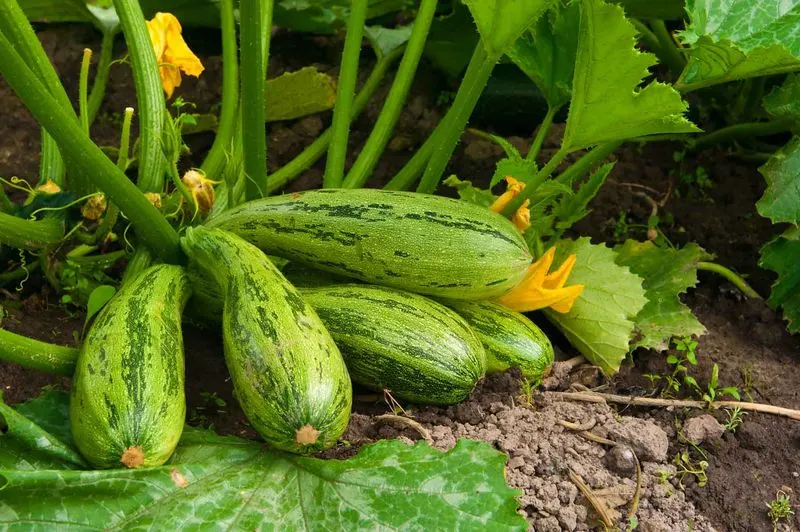
Squash varieties, including summer and winter types, thrive in sandy soils. These vigorous plants require space and sunlight. Regular watering supports their fruit development. Squash blossoms attract pollinators, enhancing yield. Harvest depends on type; summer squash when small, winter squash when skins are hard. Both add diverse flavors to meals. Roast, bake, or sauté squash for a nutritious dish. Their versatility extends to soups and stews as well. Squash’s ability to adapt to poor soils makes them a valuable addition to any garden. Enjoy a bounty of flavors and textures from your harvest.
Spinach
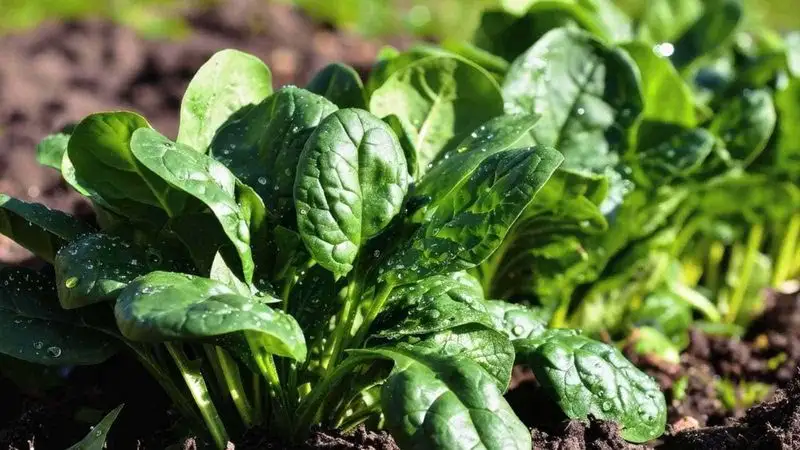
Spinach thrives despite gritty, compact soil conditions. This leafy green prefers cooler temperatures and partial shade. Plant in early spring or fall for best results. Regular watering ensures tender, flavorful leaves. Spinach’s rapid growth allows for frequent harvests. Use fresh in salads or cook for a nutritious side. Its rich iron content supports a healthy diet. Spinach’s adaptability and health benefits make it a popular choice for gardeners. Enjoy a continuous supply by planting in succession. Its mild flavor complements a variety of dishes, providing endless culinary possibilities.
Lettuce
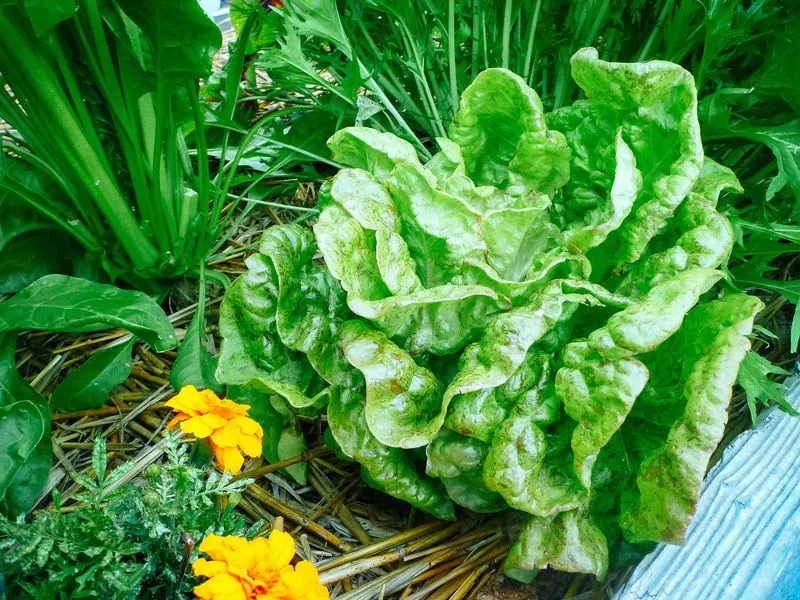
Lettuce adapts well to shallow, nutrient-poor soils. This cool-weather crop thrives in partial shade, ideal for spring and fall gardens. Regular watering keeps leaves tender and crisp. Choose from a variety of types, including loose-leaf, romaine, and butterhead. Lettuce is a cut-and-come-again crop, allowing for multiple harvests. Its mild flavor complements many dishes, from salads to sandwiches. Lettuce’s short growing cycle means a quick turnaround. Enjoy fresh, homegrown leaves throughout the season. Its ease of growth and versatility make lettuce a staple in gardens, providing a constant supply of greens.
Cabbage
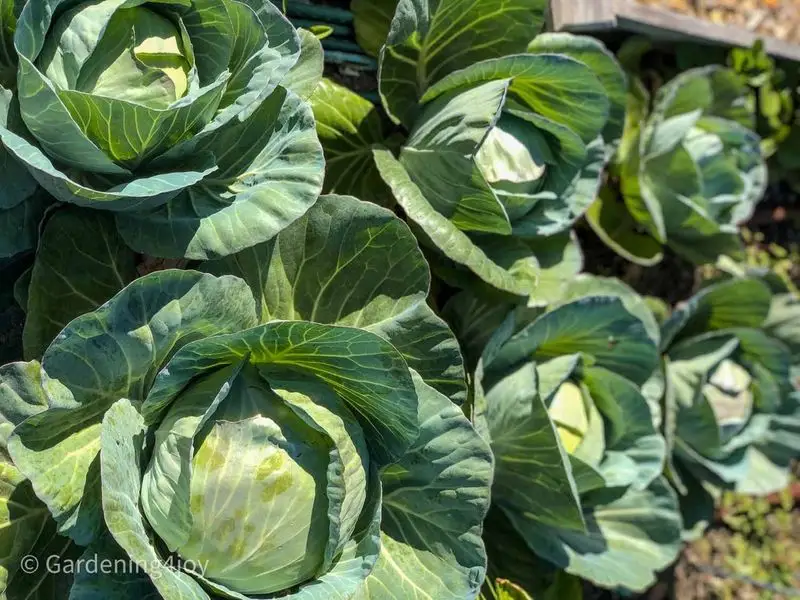
Cabbage thrives in compacted soils, offering a robust crop that withstands challenging conditions. This cool-weather vegetable prefers full sun and regular watering. Cabbage heads mature slowly, but patience yields a hearty harvest. Choose disease-resistant varieties to ensure healthy growth. Use cabbage in slaws, soups, or fermented into sauerkraut. Its dense texture and mild flavor make it a versatile ingredient. Cabbage’s long storage life provides a steady supply of greens. This resilient vegetable is a reliable choice for any garden, adapting well to various soil types while offering nutritious benefits.
Broccoli
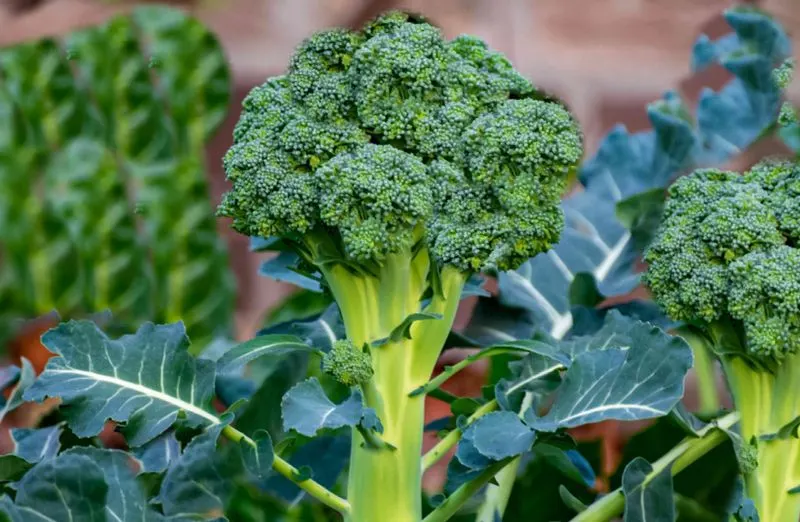
Broccoli adapts well to rocky, shallow soils, making it a versatile garden favorite. This cool-weather crop thrives in full sun and regular watering. Plant in early spring or fall for best results. Broccoli’s compact size fits smaller gardens. Harvest when florets are firm, before flowering. Enjoy fresh or cooked, adding a nutritional boost to meals. Its mild, earthy flavor complements various dishes, from stir-fries to casseroles. Broccoli’s resilience and health benefits make it popular among home gardeners. With care, this nutrient-rich vegetable will provide a bountiful harvest season after season.
Cauliflower
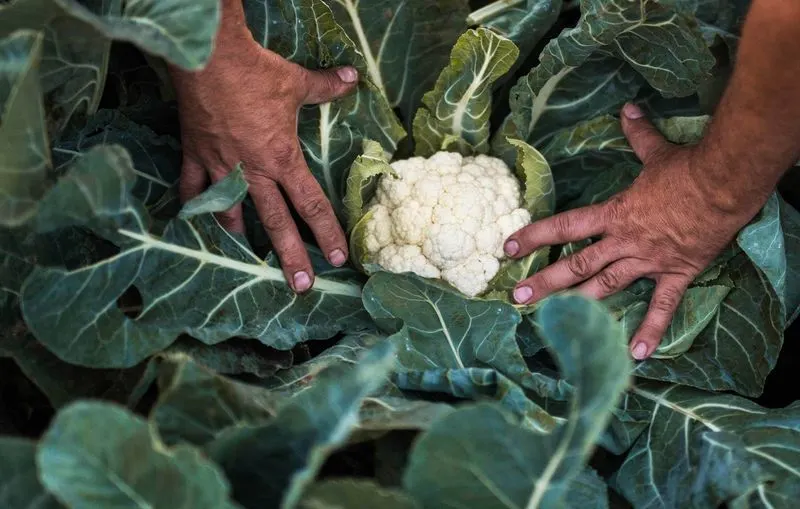
Cauliflower is well-suited for sandy soils, thriving in full sun with regular watering. Plant this cool-weather crop in spring or fall for optimal growth. Cauliflower’s dense heads develop best with consistent care. Cover developing heads to preserve their white color, preventing sun exposure. Harvest when heads are compact and firm. Cauliflower’s mild, nutty flavor enhances a variety of dishes. Enjoy roasted, steamed, or in casseroles. Its versatility extends to low-carb recipes, serving as a substitute for grains. Cauliflower’s adaptability and culinary potential make it a valuable addition to any garden.
Celery
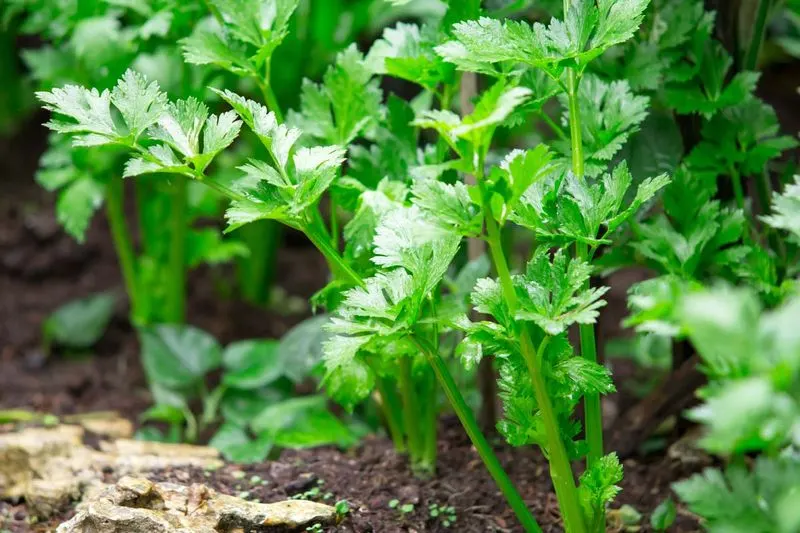
Celery thrives in wet, heavy soils, perfect for gardens that struggle with drainage. This moisture-loving plant requires regular watering and consistent care. Plant in full sun for best results. Celery’s crisp, refreshing stalks add flavor to soups and salads. Harvest when stalks reach desired size, cutting at the base. Its long growing season requires patience, but the result is rewarding. Celery’s health benefits and unique taste make it a staple in many cuisines. With proper care, enjoy a steady supply of fresh, homegrown celery throughout the season.
Parsnips

Parsnips are resilient root vegetables that thrive in rocky soils. These hardy plants prefer cool weather, making them ideal for early spring or fall planting. Regular watering ensures sweet, tender roots. Parsnips’ long growing season requires patience, but the reward is a flavorful, versatile vegetable. Use in stews, roasted, or mashed. Their nutty, sweet taste enhances a variety of dishes. Harvest after the first frost for the best flavor. Parsnips store well, providing a winter supply. Their resilience and culinary versatility make parsnips a valuable addition to any garden, regardless of soil quality.
Rhubarb
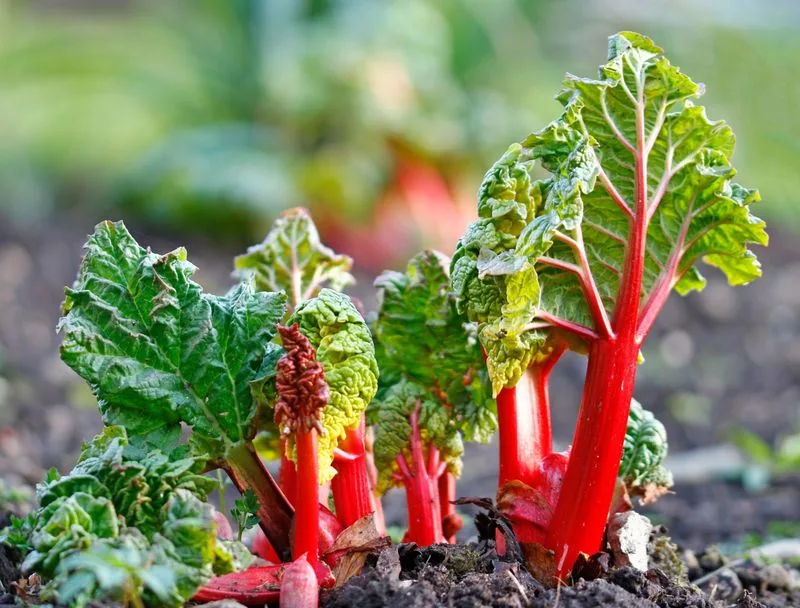
Rhubarb thrives in poor, sandy soils, making it a reliable perennial crop. Plant in a sunny spot with well-drained conditions. Regular watering supports vigorous growth. Harvest stalks in spring, avoiding the toxic leaves. Rhubarb’s tart flavor is perfect for desserts, adding a tangy twist. Use in pies, jams, or compotes. Its vibrant color and unique taste make it a favorite for home bakers. Rhubarb’s hardy nature and long lifespan ensure a continual harvest year after year. This versatile plant is a great addition to gardens, providing both beauty and culinary delight.
Sea Kale
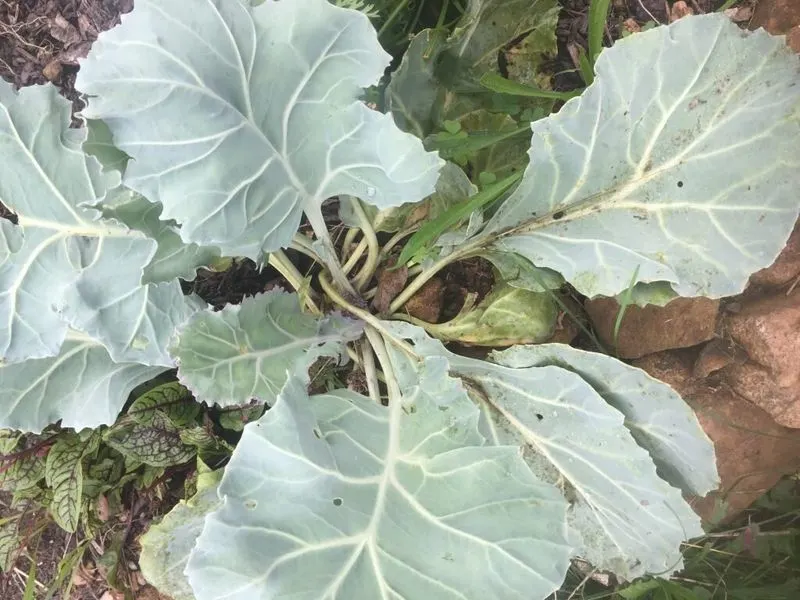
Sea kale is a resilient vegetable that flourishes in poor, sandy soils, especially along coastal regions. With its broad, wavy leaves and small, fragrant clusters of white flowers, this plant adds beauty and utility to your garden. Sea kale is a perennial vegetable, meaning it returns year after year, decreasing planting effort.
This plant is not only visually appealing but also highly nutritious, offering a source of vitamin C and fiber. It is ideal for gardeners seeking low-maintenance, soil-adaptive crops. Experiment with different recipes, as its tender leaves are perfect in salads or lightly sautéed as a side dish.
Yacon
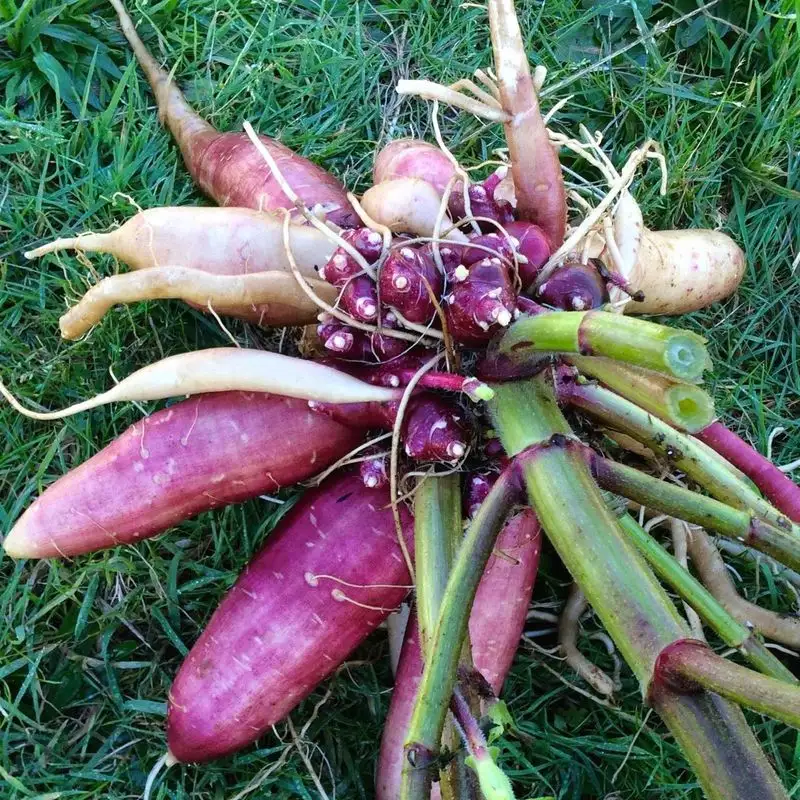
Yacon, a lesser-known root vegetable, thrives surprisingly well in poor, rocky soils. Resembling a cross between a potato and a sunflower, yacon produces large, tuberous roots that are crunchy and sweet. This South American native is not only delicious but also contains inulin, a prebiotic beneficial for gut health.
Gardeners appreciate yacon for its ability to grow in challenging conditions while providing a bountiful harvest. Its unique taste, similar to a mix of apple and watermelon, makes it a fun addition to your culinary palette. Grow yacon for a distinctive and rewarding gardening experience.

